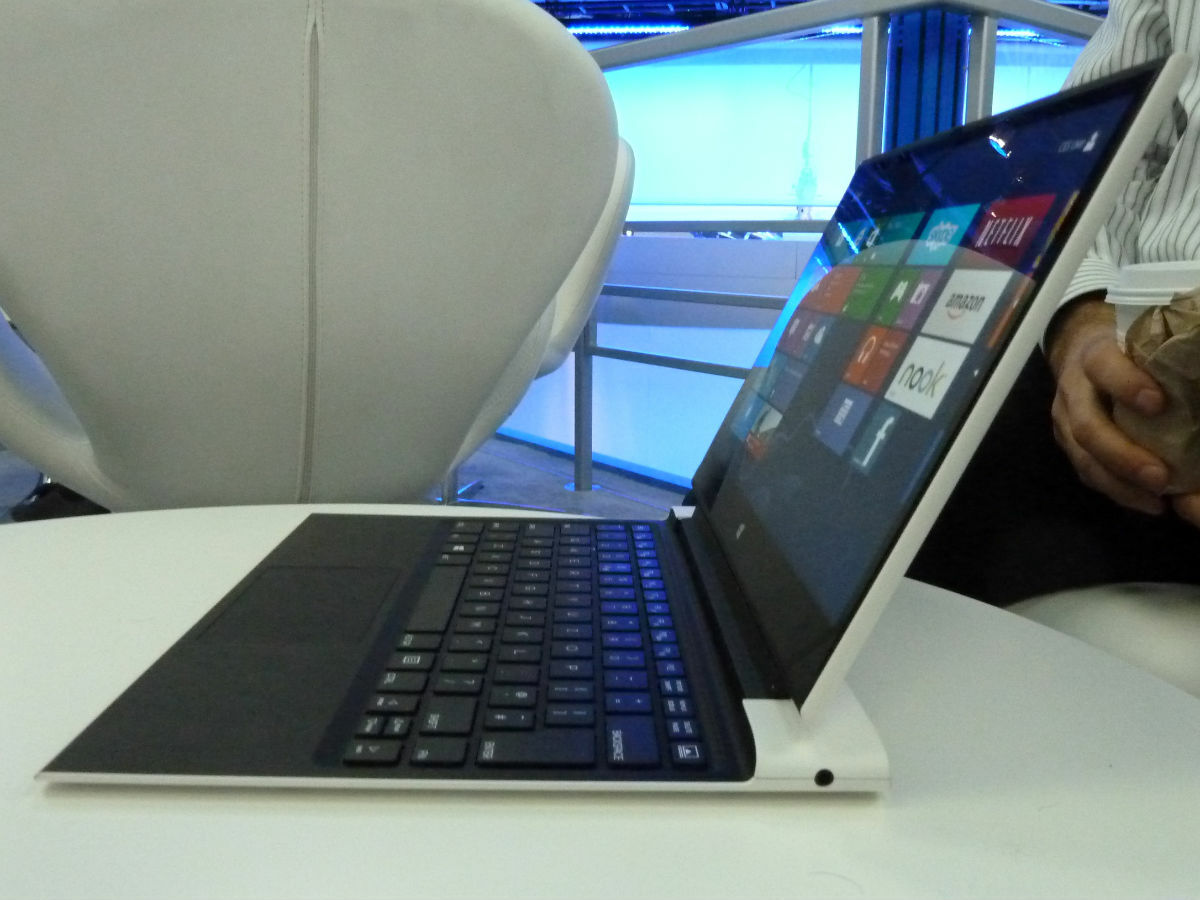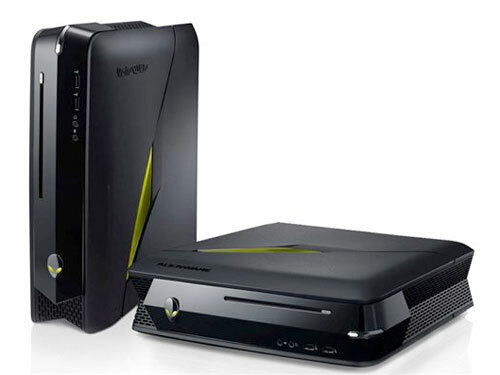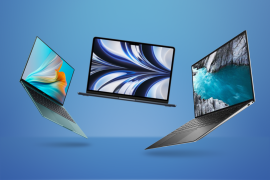How Intel Haswell is making CPUs exciting
Stop what you're doing and breathe in the genre disruption: Intel's Ivy Bridge replacement could transform laptops and tablets as we know them. Here's why

What the blazes is an Intel Haswell?
Haswell is Intel’s new generation of Core computer processors – an entire new generation of chips poised to replace the long-running Ivy Bridge range. Intel claims Haswell is a giant stride up from its predecessor. It comes in desktop and mobile flavours, but it’s the mobile ones that could shift the balance in the tablet and laptop power struggle. Seriously.
That sounds serious. Tell me the good stuff.

Where to start? Possibly their finest trait is power management. Haswell chips can shut down for nanoseconds between tasks, saving power even in the moments between you tapping keys on a keyboard. This means Haswell-toting laptops and tablets offer 50 percent more battery life than Ivy Bridge devices when in use, and around three times more in standby. Apple reckons its new 13in MacBook Air will keep its Haswell silicon juiced for up to 12 hours.
Meet your next Ultrabook
Oh, and the integrated Iris GPU is much more powerful than Ivy Bridge’s too. Intel says it’s twice as powerful for demanding stuff like 3D graphics or HD video encoding. With the GT3e version available in its Ultrabook-targeted ‘U’ series, its demoed Call of Duty 4 and Skyrim in HD at playable frame rates with no discrete (separate) video card.
And how does that revolutionise computing?

It means that, finally, small two-in-one devices can offer the processing and graphics performance of a “proper” laptop and the portability, quietness and long battery life of a tablet. Think the Surface Pro as we all dreamed it might be. We’re talking true PC performance in a device the size of an iPad (if maybe slightly thicker). Or, of course, a console spec-smashing gaming PC like the Alienware X51.
If it lives up to the promises, this is Intel’s most compelling retort to the super-efficient, low-power ARM-based chips from the likes of Qualcomm, Nvidia and Samsung that power almost all smartphones and tablets; Haswell is the x86-based renaissance man. Or something.
There’s a catch, isn’t there?
If there’s one potential stick in the spokes for Haswell, it’s cost. The low-power Core i5 and i7 Haswells are priced at US$342 and US$454 – and that’s just the price for manufacturers. It doesn’t augur well for a low-cost wundertablet. That said, Apple’s managed to cut the prices of its 2013 line of MacBook Airs running Intel’s new architechture (presumably because other costs have come down) so there is a glimmer of hope for our wallets.
What’s next?
Intel’s Bay Trail Atom processors are due by the end of the year – and Intel plans to sell them into US$300 devices – traditionally the stalking ground of Qualcomm and other ARM-based silicon makers. One way or another, Intel’s coming back in a big way this year. And we’re excited about the possibilities.



